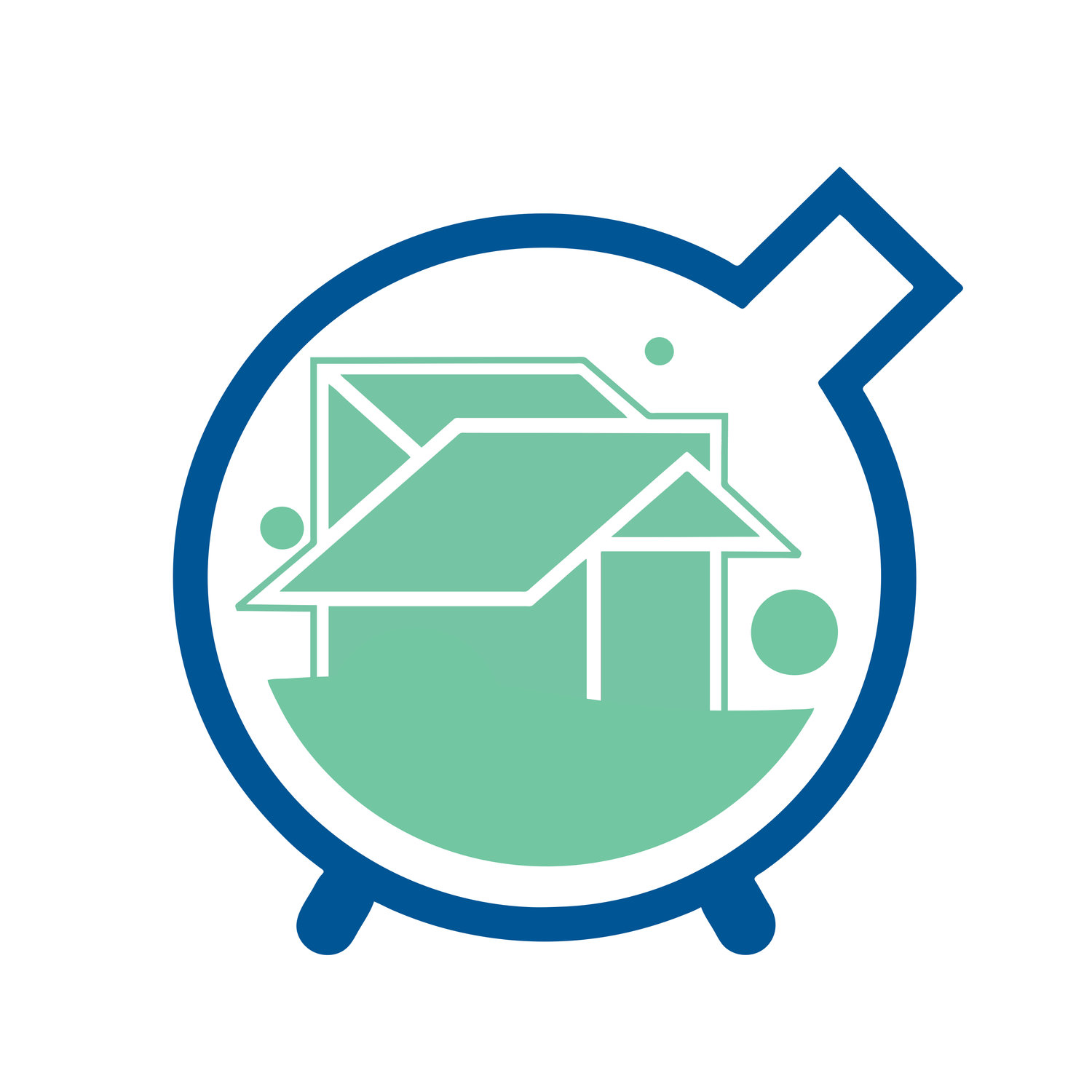An Architectural Optimist Wrote a Book - Part 3, Causing Good Design to Happen - The Building Science Podcast
Description
Join Kristof and Corey Squire in this third and final installment of their interview series discussing Corey’s book People Planet Design. In Part 1, they opened the discussion at the logical starting place of the important Why questions. Why design matters to society and Why architecture is the place to address so many important issues we face today. Part 2 addressed How to make good design happen by focusing on often overlooked dimensions of the design process. These include company culture, communication and information flow, and the importance of positive incentives.
Here in Part 3 is where the rubber meets the road in the form of the What question - What types of systems do we actually design? What do we actually do during the design process? This conversation flows across ten different architectural systems that each correspond to a chapter in Corey’s book. The systems covered are (1) Scale; (2) Windows; (3) Air; (4) Roof; (5) Electricity; (6) Structure; (7) Embodied Energy/Carbon; (8) Interior Finishes; (9) User Behavior, and (10) Access/Equity.
Corey Squire
Corey Squire is an architect and nationally recognized expert in sustainable design. Working as both a sustainability leader within architecture practices and a sustainable design consultant through his firm, Dept. of Sustainability, Squire has empowered multiple award-winning design firms to achieve high-performance projects across their portfolios. He lectures nationally on a range of sustainable design related topics and was a lead author of the AIA Framework for Design Excellence, a resource that’s actively redefining excellence in the built environment. Squire is an Associate Principal and Director of Sustainability at Bora Architecture and Interiors in Portland Oregon, where he lives with his Family.
Helena Zambrano, Illustrator
Helena Zambrano is an architect, licensed in the United States and Mexico, with over a decade of national and international experience. She practices with a passion for environmental systems and is a strong advocate for the use of evidence to inform design. Emphasizing the design of daylit spaces, Helena’s work has been recognized with local, national, and international design awards. Her advocacy work includes leading the development of both the COTE Super Spreadsheet and the AIA Common App, two tools that raise the status of sustainability metrics and reframe the way design awards recognize architecture.
People, Planet, Design: A Practical Guide to Realizing Architecture’s Potential
If you were asked to close your eyes and envision where you are happiest, would you picture somewhere inside a building? North Americans are inside buildings for more than 90% of the day. Meanwhile, the indoors are stifling us, sometimes even killing us. Buildings, and the materials that make them up, expose us to materials linked to negative health impacts. The construction and operation of buildings is responsible for 40% of climate-changing carbon emissions.
In the US, the design choices made by the typical architecture firm employee each year can reduce emissions by about 300 times that of an average American. But the promise of sustainable architecture will not be realized if sustainability remains a secondary consideration for architects. What if great design were defined by its ability to cool the planet, heal communities, enhance ecological functioning, and advance justice?
In People, Planet, Design, architect Corey Squire builds the case, provides the data, and lays out the practical tools for a transformative human-centered architecture. This approach integrates beauty and delight with an awareness of how every design choice impacts the community, the planet, and the people who will use the building. Outcome-focused with a deep dive into practical design strategies, the book showcases ten building systems that embody design excellence.
Squire centers the idea that by focusing on the desired outcomes—that buildings shelter us from the elements without disconnecting us from the world, that buildings provide the quality of air, light, and views we now know to be essential to health, productivity, and joy—we can move beyond the checklist mentality that has captured much of the design community.
Essential reading for architects who want to transform what the profession means, People, Planet, Design pioneers a new vision and sets readers up with clear guidance on implementing it. Only when design prioritizes people, as it should, can architecture realize its full potential.
Team
Hosted by Kristof Irwin
Edited by Nico Mignardi
Produced by M. Walker





















